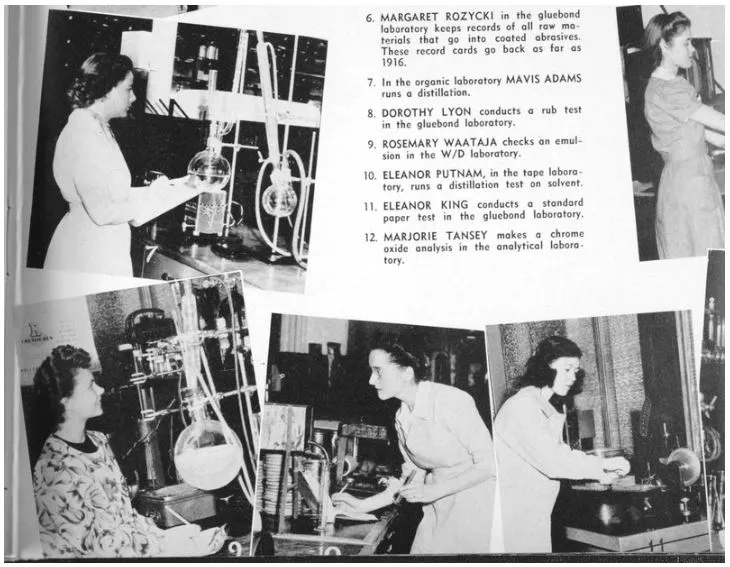1860: Women allowed in training schools for teachers.
1860: Training schools for teachers open in Winona, Mankato and Saint Cloud. For the first time, women are allowed to attend and train for a profession outside of the home.
The Winona Normal School was Minnesota’s first teacher-training school when it opened in 1860. The school fostered many innovations, including the state’s first “model school” program, a kind of laboratory school for training teachers. Over the years, the normal school evolved into a four-year state college and then into Winona State University.
European Americans from the East settled Winona in 1851 and sought to create all the cultural resources they associated with eastern cities. Dr. John Ford, a physician who advocated public education, campaigned for a “normal school” in Winona. The purpose of a normal school was to expand basic education beyond the wealthy by preparing a large cohort of teachers trained to effectively develop their students’ ability to read, write and do basic math. After being exposed to the idea in Europe, Horace Mann organized the first American normal school in Massachusetts in 1839. From there the ideas spread west.
In 1858, Dr. Ford persuaded the newly created Minnesota Legislature to establish a system for creating normal schools, and the following year, he succeeded in getting the Winona Normal School chartered as the state’s first teacher training school. The school established a three-year curriculum and admitted its first students in 1860.

